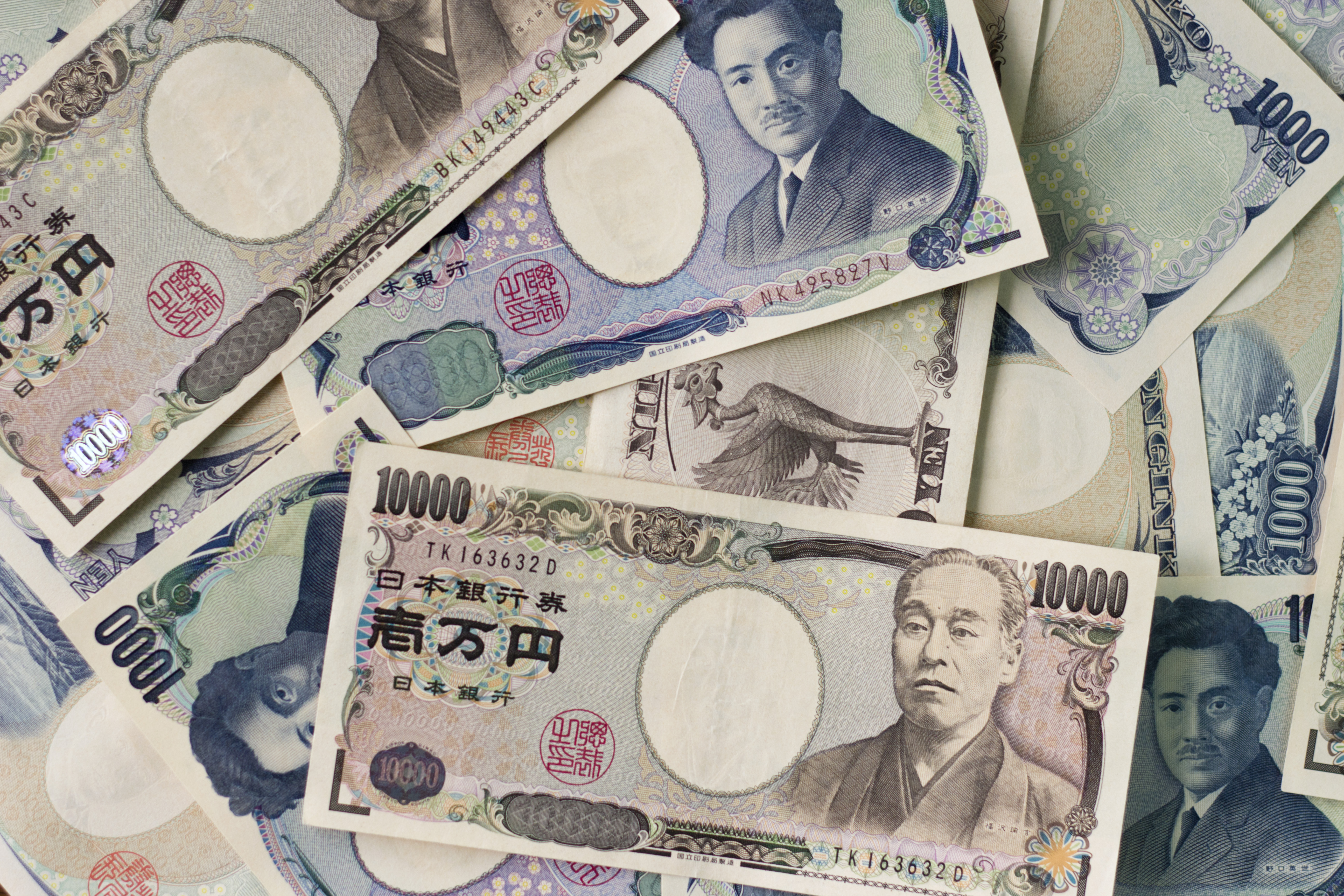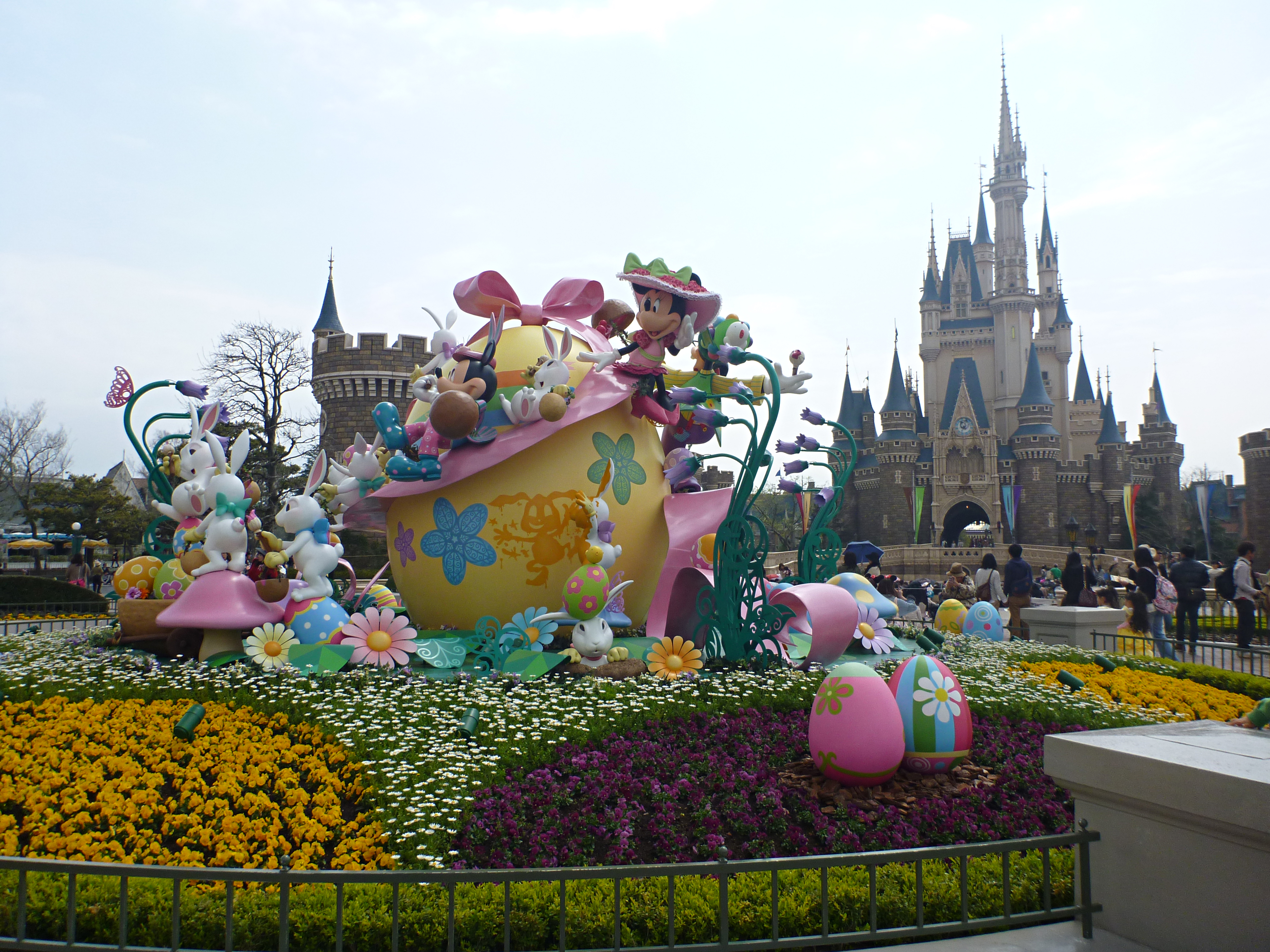
Source: dann toliver
Ginger, otherwise known as Gari, is the pink stuff that sits on your plate and usually comes with your sushi. It acts as a palette cleanser between different pieces of sushi. Also called as ‘sushi ginger,’ the gari is basically a type of tsukemono, which means pickled vegetables in Japanese. It’s a sweet, evenly sliced young ginger thoroughly marinated in a solution of sugar and vinegar. Placing ginger at the top of the sushi is all about presentation.
1. Pickled Ginger

Source: Quinn Dombrowski
Freshly pickled ginger makes for a versatile condiment and a perfect sushi complement. Young ginger has a fine fleshy texture with a tender hue that’s gorgeous to look at. It’s usually served with sashimi and eaten between different sushi items. Only the young ginger turns light pink after slicing. Some commercially sold pickled ginger has red coloring agents added.
2. Ginger with Sushi

Source: Asacyan
Ever wondered why ginger is served with sushi? Ginger is a complementary element that adds flavors and aroma to many sushi delicacies like California Roll, Spicy Tuna Roll and Dragon Roll. It adds to presentation element of sushi, and as far as sushi is concerned, presentation is a significant part of Japanese culinary culture.
3. Preparation
Pickled ginger is an important component of a typical sushi dinner, along with fresh fish and soy sauce. Though served at several restaurants all over Japan, the natural version can be made at home with no effort. Peel the ginger off and slice them into thin pieces with a mandoline slicer. Add a pinch of sea salt and keep the ginger strips aside for at least 30 minutes. In a saucepan, pour vinegar, sugar and water, and stir until the sugar dissolves. Bring it to boil, and then pour the vinegar mixture over the ginger strip.
4. Why Is It Pink?

Source: Sakurai Midori
Traditionally, gari has a typically pale yellow tint that comes from the pickling process, but only the young ginger has that pink pile that adds to the presentational aesthetic to the sushi. The skin of the young ginger is so thin that it develops a slight pinkish hue after slicing. Mature ginger cannot do that. Homemade pickled ginger may develop a blushing pink color and the flavors become too strong.
5. Sushi Ginger

Source: DoWhile
Gari, or sushi ginger cleanse the palette for a fine sushi experience, perfectly crafted to maintain a balance between the flavors and the texture. Most of the young gingers sold in the Asian grocery stores don’t have that pinkish tint, which only comes from the young ginger. The commercial pickled ginger used in the sushi is artificially dyed pink. Only the fresh young pickled ginger (sushi ginger) allows you to enjoy the authentic sushi experience.
The hint of spiciness and the sweet flavor of the vinegar make for an ideal sushi experience that only comes from the young ginger with a slightly pinkish tint that looks wonderful when presented properly.
Have a good trip and travel!














